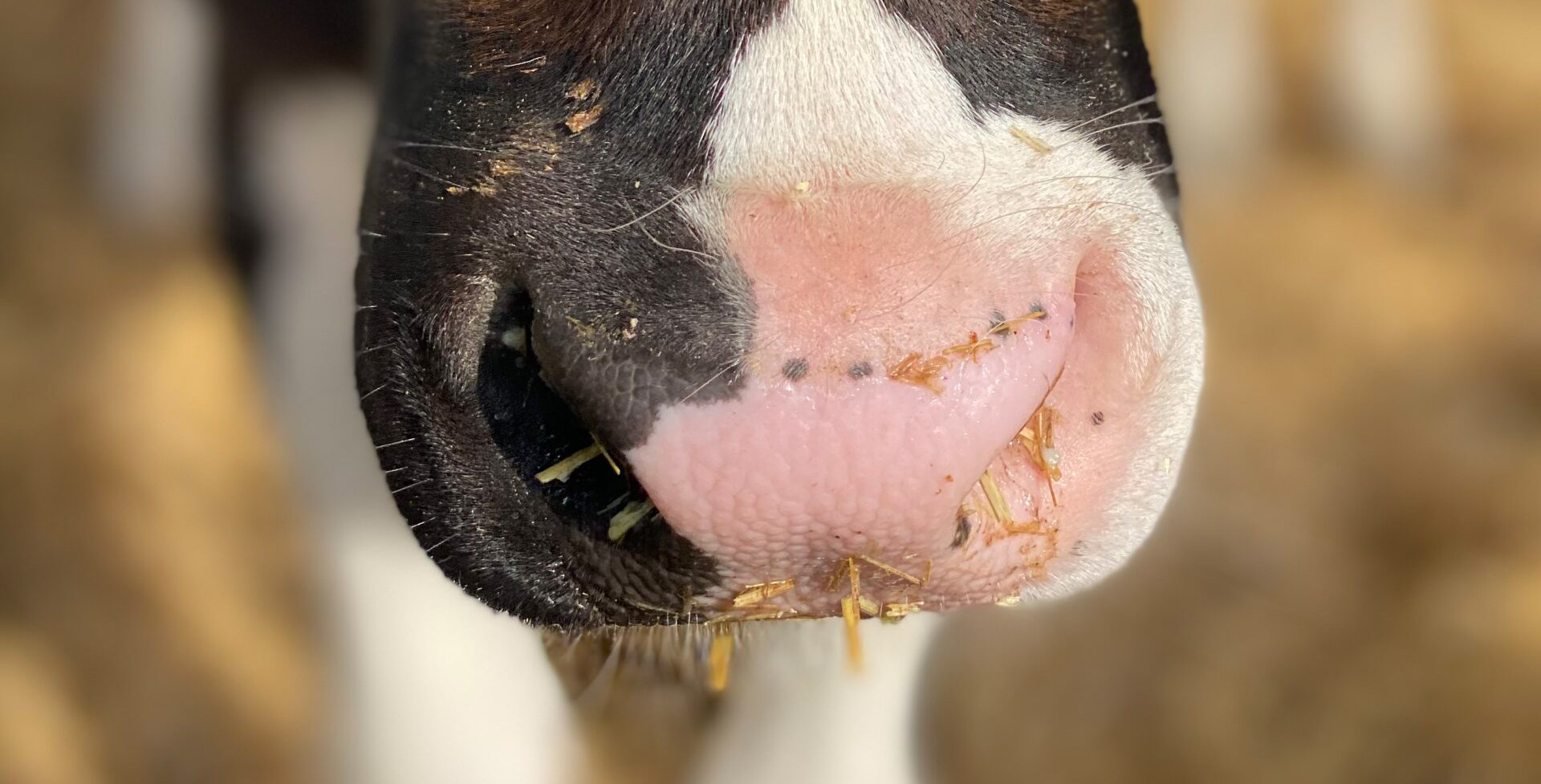
Respiratory health calves and cattle
Ruminants – We show you how you can prevent respiratory diseases in calves and cattle and give you valuable tips!

Ruminants – We show you how you can prevent respiratory diseases in calves and cattle and give you valuable tips!
Respiratory health calves and cattle
incl. VAT
zzgl. Versandkosten
Respiratory health calves and cattle
incl. VAT
zzgl. Versandkosten
Respiratory health calves and cattle
incl. VAT
zzgl. Versandkosten
Respiratory diseases in calves and cattle are usually caused by infectious agents such as viruses, bacteria and fungi as well as non-infectious factors such as stress, a less than ideal barn climate for the ruminants, abrupt weather changes or an insufficient supply of colostrum and are therefore referred to as factor diseases.
The interaction of the various endogenous and exogenous influences weakens the immune system of ruminants and animals, making it easier for pathogens to produce an infection. Respiratory diseases are among the most significant disease complexes in ruminants worldwide and can cause major damage and economic losses in every age group – ruminants such as calves, eaters, young cattle and fattening bulls in particular.
But the serious long-term consequences of ruminants should not be underestimated. The calves form the foundation of the future of a dairy or fattening farm! Scientific studies show that animals and ruminants that contract a respiratory infection as a calf are at an increased risk of leaving the farm prematurely – often before the first calving, e.g. through death, slaughter or sale) than heifers and cows that are calf were not infected. Reduced daily gains in the first six months of life and a lower milk yield of the ruminants in the first lactation and an overall lower useful life were noted. In a ruminant such as a bull, respiratory diseases in young animals have an adverse effect on fattening performance.
Therefore, the same applies here: prevention is better than cure!
We recommend: PHYTOsolvan® – herbal power for free breathing!
Doch auch die gravierenden Langzeitfolgen der Wiederkäuer sollten nicht unterschätzt werden. Die Kälber bilden das Fundament der Zukunft eines Milchvieh-/ oder Mastbetriebes! Wissenschaftliche Studien belegen, dass Tiere und Wiederkäuer, die als Kalb an einer Atemwegsinfektion erkranken, einem erhöhten Risiko für einen vorzeitigen Abgang aus dem Betrieb – oft vor der ersten Kalbung z.B. durch Tod, Schlachtung oder Verkauf) ausgesetzt sind als Färsen und Kühe, die als Kalb nicht infiziert waren. Auch reduzierte Tageszunahmen im ersten Lebenshalbjahr sowie eine geringere Milchleistung der Wiederkäuer in der ersten Laktation und insgesamt eine niedrigere Nutzungsdauer wurden vermerkt. Bei einem Wiederkäuer wie bei einem Bullen haben Atemwegserkrankungen im Jungtieralter beeinträchtigende Einflüsse auf die Mastleistung.
Daher gilt auch hier: Vorbeugen ist besser als heilen!
Wir empfehlen: PHYTOsolvan® – Kräuter-Power für freies Atmen!
Made in Germany
Certified
Over 20 years of expertise